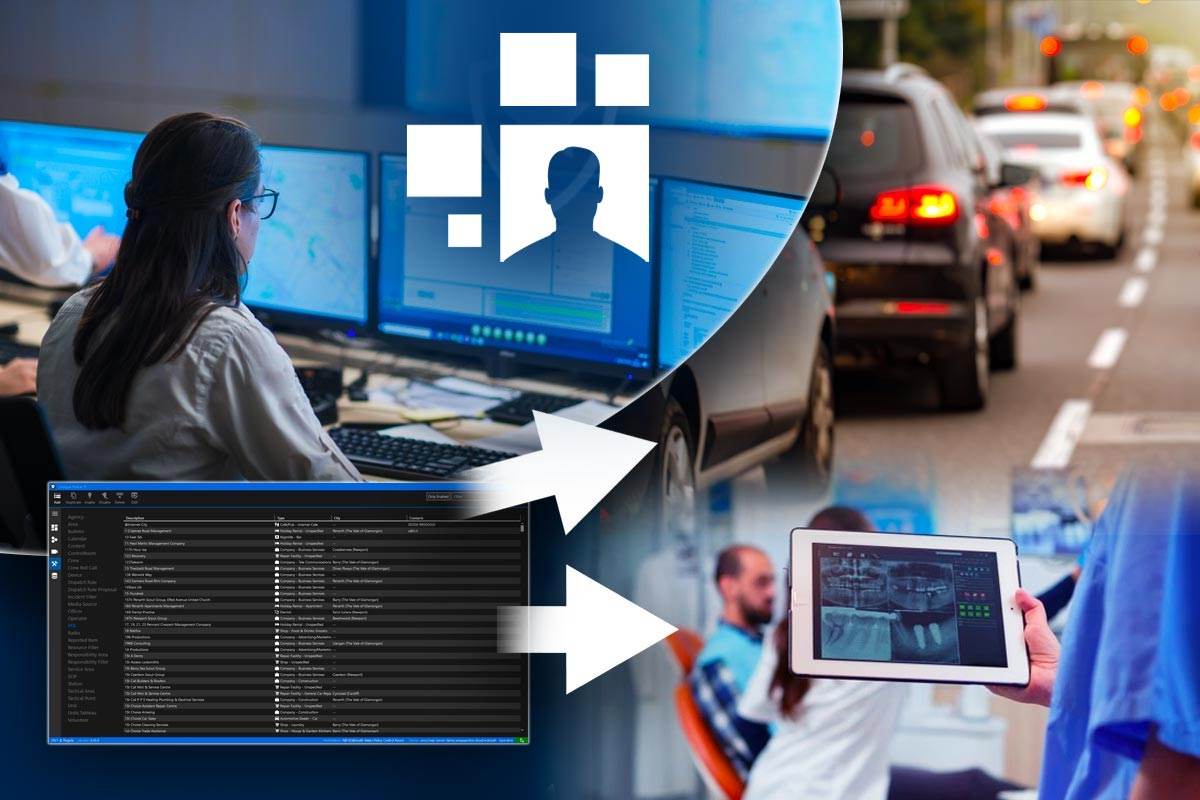Not everyone needs jail.
Let’s just start there.
Some individuals caught in the justice system need treatment, housing, or a second chance—not incarceration. But deciding who qualifies—and what support they actually need—isn’t something to guess at. It requires insight, coordination, and the kind of data-informed decisions that only smart tools can provide.
That’s exactly where crime diversion software comes in. Specifically, tools designed to assess risk, identify needs, and customize services in real time—helping reform-minded jurisdictions move beyond blanket sentencing and into truly individualized care.
Table of Contents
The Problem with One-Size-Fits-All Diversion
Too often, diversion programs start with good intentions but lack the infrastructure to scale or personalize.
Without the right software, teams are left juggling:
- Risk assessments stored in PDFs
- Referrals tracked in spreadsheets
- Outcomes that are anecdotal at best
- No way to compare one client’s progress to another’s
The result? Individuals may get diverted, yes—but into programs that don’t match their risk level or underlying needs. That’s not justice reform. That’s just administrative shuffle.
How Crime Diversion Software Changes the Game
Purpose-built crime diversion software centralizes everything in one platform.
It enables agencies to:
– Conduct structured risk assessments
Quickly and consistently evaluate whether someone poses a low, medium, or high risk of reoffending—based on real criteria, not gut feelings.
– Match services to risk levels
Low-risk individuals might need job training or court reminders. High-risk cases might require coordinated mental health, substance use, and housing support. The system makes that match clear and actionable.
– Track outcomes over time
See which interventions actually reduce recidivism—and which ones don’t—so you can continuously improve programming.
– Collaborate across departments
Diversion teams, social workers, case managers, and even court personnel can securely access and update the same client record, reducing redundancy and increasing transparency.
The Benefits of Individualized Diversion Plans
Let’s make it real.
Say you’ve got two defendants facing the same low-level offense.
- One has no prior record and is housing-stable.
- The other has repeat arrests tied to untreated trauma and homelessness.
They don’t need the same plan.
With crime diversion software, your team can route them accordingly. One into a light-touch community accountability program. The other into wraparound care that includes therapy, case management, and transitional housing.
You serve smarter. You allocate resources better. And both individuals get a shot at actual success.
It’s Not Just Smarter—it’s Safer
Tailored diversion doesn’t just help clients. It protects communities.
Studies consistently show that over-supervising low-risk individuals increases the likelihood of recidivism. At the same time, under-serving high-risk individuals increases the chance they’ll fall through the cracks.
When your diversion strategy is powered by smart, risk-aligned software, you stop making those costly errors. You protect public safety and increase second-chance success.
Final Thought: If You Can’t Track It, You Can’t Reform It
Diversion is no longer a fringe experiment. It’s a growing mandate. But to do it right, you need more than policies—you need platforms.
The old way? Clipboards and spreadsheets.
The new way? Integrated tools that assess, refer, and adjust based on live data and lived experience.
Because if we want to treat people like individuals—not case numbers—we need systems built to see the whole person.

